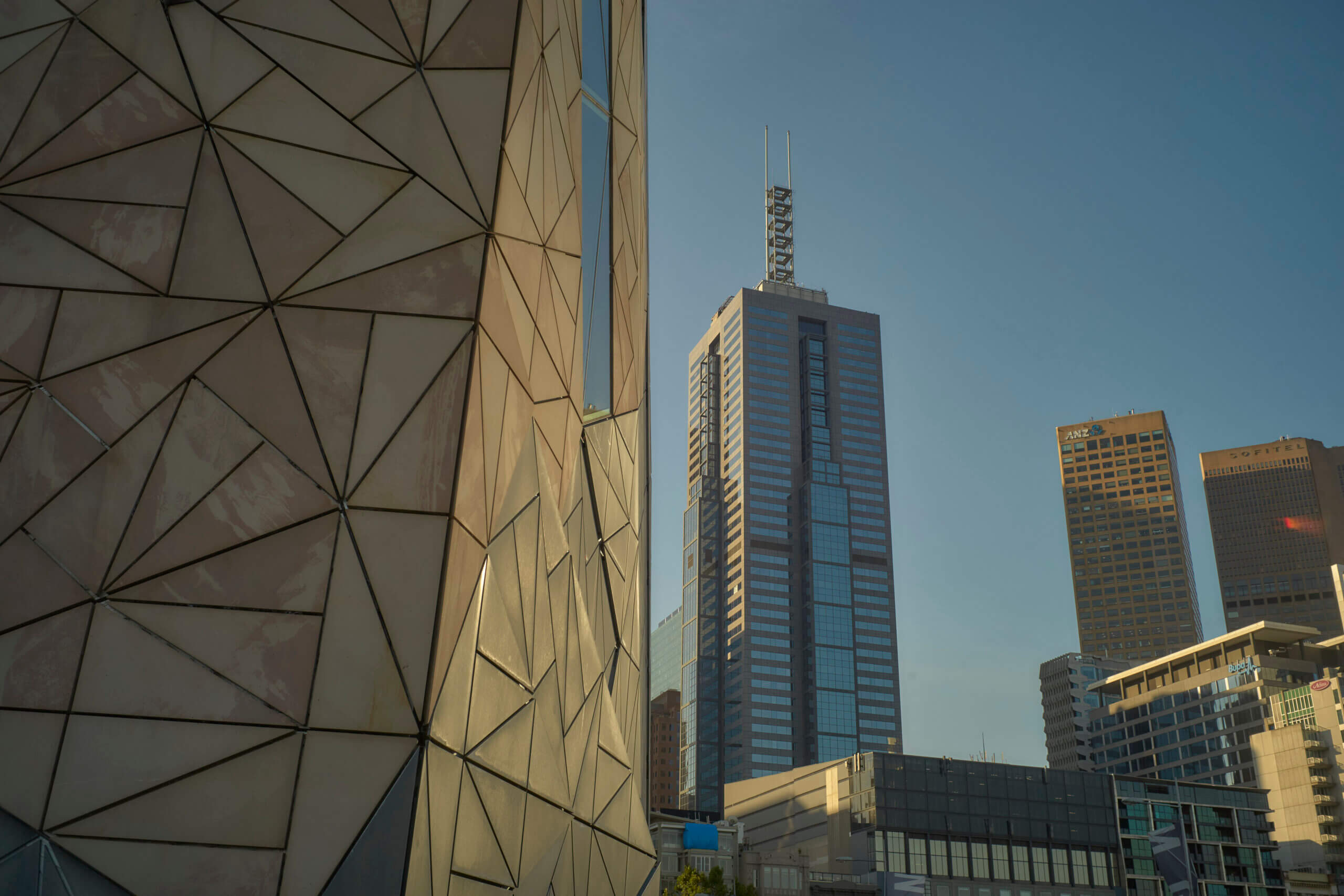Written by Andrew Perkins, Head of Research
The residential property market is showing renewed strength, with national housing values lifting 1.4% over the second quarter of 2025.
This marks an acceleration from the 0.9% rise in Q1 and a clear turnaround from the -0.1% decline in Q4 2024.
Growing confidence is being driven by a combination of lower interest rates, improved affordability, and ongoing supply constraints.
The Reserve Bank of Australia’s rate cuts in 2025 of 0.5% have encouraged buyers and investors to re-enter the market. While the widely anticipated July cut did not eventuate, economists expect further easing before year-end, potentially bringing rates into the low 3% range.
Home price expectations have now reached their highest level in more than a decade.
Australia’s population also grew by 1.7% (445,900 people) over the year to Q4 2024 further supporting housing demand.
“The market, especially along the East Coast, is entering a phase of stable and sustainable growth, offering confidence and clarity for strategic decision-making in the months ahead” – Wingate Research states
Capital City Performance – East Coast
Sydney
Sydney’s dwelling values rose 1.1% over the quarter and 1.3% annually, with a 0.6% monthly gain in June pushing values to a new record high. However, supply remains tight, with new listings down 12.9% year-on-year and total listings falling 5.8%. This limited stock is contributing to upward pressure on prices, even as annual sales activity declined by 5.7%.
Melbourne
Melbourne’s housing market saw a modest quarterly rise of 1.1%, but annual values remain 0.4% lower, with June recording a 0.5% monthly increase. Despite this, dwelling values are still 3.9% below their March 2022 peak. Listing activity remains subdued, with Melbourne experiencing a 9.6% decline in new listings compared to the same time last year and a 4.4% drop in total listings, reflecting ongoing supply constraints.
Brisbane
Brisbane continues to lead the capitals in growth, with dwelling values up 2.0% for the quarter and 7.0% over the year. June saw a 0.7% monthly increase, marking a new record high. Despite strong price growth, listings remain constrained, with new listings down 7.7% and total listings 1.9% lower than last year. This imbalance between supply and demand is helping to sustain Brisbane’s momentum.
East Coast Capital
Housing Values
| Monthly | Quarterly | Annual | |
| Sydney | 0.6% | 1.1% | 1.3% |
| Melbourne | 0.5% | 1.1% | -0.4% |
| Brisbane | 0.7% | 2.0% | 7.0% |
| Australia | 1.4% | 3.4% |
Source: Cotality
Regional Market Trends
Regional housing markets continued to show resilience in mid-2025, outperforming their capital city counterparts in quarterly growth.
Dwelling values in the combined regional areas rose by 1.6% over the June quarter, compared to 1.4% in the combined capitals. However, the gap is narrowing, with capital cities recording stronger monthly gains in May and June.
On an annual basis, regional markets posted a 2.7% increase in dwelling values, trailing the national average but still reflecting steady upward momentum.
Sales activity was particularly robust in several regional areas, with Regional Victoria up 21.7%, Regional NT up 17.5%, and Regional SA and Regional WA also showing solid growth.
Vendor discounting eased slightly, with the median discount in regional areas improving from -3.8% to -3.6%, indicating firmer pricing power.
“Despite a slowdown in new listings, regional markets continue to benefit from strong demand and relatively tight supply conditions” – Wingate Research states
Supply and Construction Challenges
Despite the overall market positivity, supply remains a critical constraint.
Housing supply remains constrained across Australia, with new listings down 11.7% year-on-year and 9.2% below the five-year average. This shortfall in fresh stock, combined with strong buyer demand, has kept overall inventory tight, reinforcing upward pressure on prices in many markets.
Building approvals rose 3.2% in May, marking a rebound after three consecutive months of easing. The improvement was evident in both the volatile multi-unit segment and the more stable detached housing sector, suggesting stabilisation in the market.
Dwelling approvals still remain 23.9% below the 20,000 per month required to meet national housing accord targets.
“High-density construction in Australia faces several ongoing challenges, including slow approvals, rising costs, and a shortage of skilled workers, despite being crucial for addressing the housing crisis” – Wingate Research states
